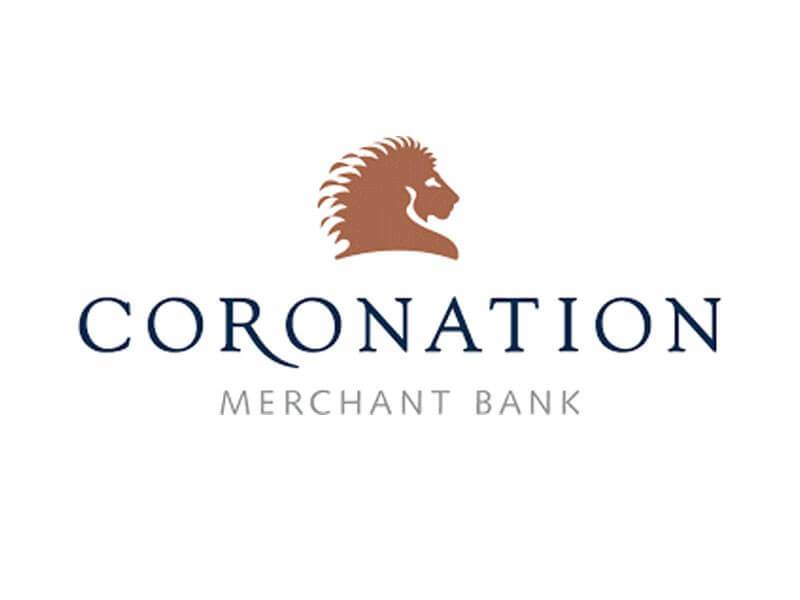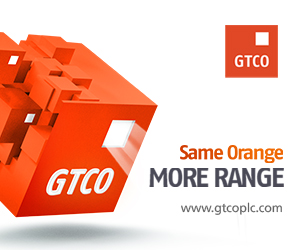Economy
API Architecture: The Invisible Engine Powering Modern Banking

By Echezona Agubata
Banking has evolved far beyond the days of paper ledgers and long queues. Today, it’s a dynamic force driving Nigeria’s economy, responding to customers in real time, and powering digital innovation. The unsung hero behind this transformation is the Application Programming Interface (API)—a tool that lets bank systems communicate seamlessly with each other and external partners.
In Nigeria’s fast-growing digital finance landscape, APIs are the invisible engine enabling banks to offer instant balance checks, process payments at retail checkouts, or verify identities for loan approvals. The secret to their success? A robust API architecture, the structured framework that makes banking secure, scalable, and innovative.
Picture API architecture as a bridge connecting islands of financial services. It allows banks to share data securely. In Nigeria, where digital banking is literarily booming, APIs let banks like Coronation Merchant Bank expand services without rebuilding infrastructure. This flexibility fuels innovation, enabling tailored solutions for everyone from small businesses to large corporations.
The Central Bank of Nigeria (CBN) along with Industry players ensure this ecosystem is secure and trustworthy. Its regulations mandate standards like OAuth 2.0 for authentication, tokenization to protect data, and encrypted channels to safeguard transactions. Real-time monitoring and customer consent protocols further build trust, ensuring data is shared only with permission. These rules aren’t just technical or ethical—they’re the backbone of Nigeria’s open banking system, fostering collaboration and innovation.
How do APIs work? Imagine a well-orchestrated machine. The API acts as
● A Gateway: the gatekeeper to a product. It authenticates requests and ensures only authorized people are granted access to the product. It also helps limit the number of requests that can be made for the product at any given time. For instance, when a bank’s mobile app requests a customer’s transaction history, the transaction history API (as a gateway) verifies access (both customer and mobile app) before treating the transaction history request.
- A Guide: the protocol or security who ensures that even authenticated users are only allowed to access products and data that they are authorized to have
- A Funnell: the pipe that ensures that authenticated users access products and data from known locations/sources to known destinations
- An Agent: the agent that ensures that applications regardless of the service offering have access to data/products in the same way as every other application. This gives unified experience across respective platforms that are consuming the service/data offered by the API
Here’s a simplified view of the flow:
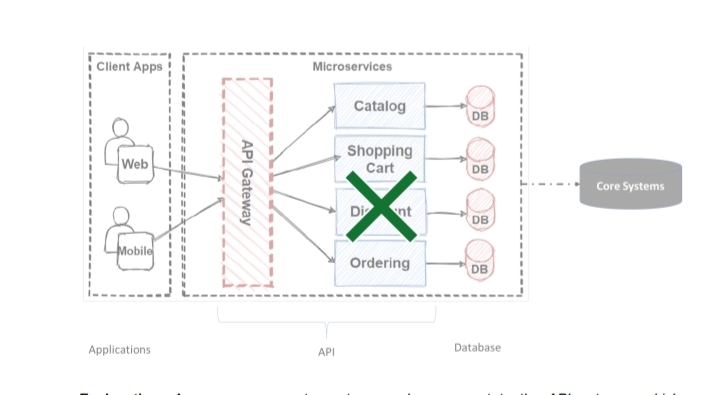
Explanation: An app or corporate system sends a request to the API gateway, which authenticates and routes it. The orchestration layer processes it using endpoints, pulling data from the core system via middleware.
The orchestration layer (behind the gateway) breaks services—like catalog, shopping cart, or ordering—into modular endpoints, like building blocks online shops can share securely. The modular endpoints connect these APIs to core systems, translating the requests into formats that can be processed by the core system. Companies also provide developer portals with clear documentation and sandbox environments, simplifying integration for partners.
This architecture can be built for scale. Banks process millions of transactions daily using load balancing to scale out resources, and distribute traffic in a dynamic fashion. This architecture could incorporate the use of in-memory databases and Queueing technologies to cache frequently used data for swifter processing. More so, this introduces rate limiting features which help isolate any problem areas without affecting the entire service as a whole.
Challenges abound. One of such is the existence of legacy systems as many banks and organizations often rely on decades-old mainframes (core systems), thus requiring a middleware solution to bridge old and new systems—a complex but critical step. Another recent challenge is the need to enforce data privacy expectations, this has made encryption and data masking a necessary action. Encryption in itself comes with its own attendant side-effects especially where applied on data without proper service governance. It can slow performance, so banks and organizations use caching and optimized data flows to balance speed and security. Compliance with CBN guidelines and Nigeria’s data privacy laws demands robust
consent management and audit trails. Versioning APIs (e.g., /v1/payments) prevents disruptions when systems evolve.
Real-world examples highlight APIs’ impact. Coronation Merchant Bank built the Dangote ISOP Collection API to streamline payments for Dangote’s distributors. These payments were previously riddled with slow reconciliations and delayed cash flow. The API integrates payments directly into Dangote’s ERP system and thereby automating the process, reducing errors, and strengthening business ties. Another bank used a KYC API to verify customer identities for loan applications, cutting onboarding time while meeting CBN standards. A third example involves a major Nigerian bank’s payment API, which enables instant corporate transfers for retailers, ensuring funds clear in seconds during peak sales.
APIs are also driving open finance. The CBN’s 2023 guidelines expand APIs to cover credit, investment, and insurance data, enabling embedded finance—loans at retail checkouts or savings tools linked to salary accounts. This makes banking invisible yet ever-present, blending into daily life.
The future is exciting. Banks are adopting API-first design, prioritizing APIs as core interfaces for faster innovation. AI-driven APIs are emerging, enabling fraud detection or tailored loan offers. Blockchain-based APIs promise secure cross-border payments. Event-driven architectures, using tools like Kafka, process real-time events like transaction alerts, boosting efficiency.
At Coronation Merchant Bank, our APIs are business enablers. Our custom solutions, like the Dangote integration, solve real-world problems, while our investment banking desk advises on capital raising and partnerships, helping clients stay competitive. APIs lower barriers, drive growth, and deliver seamless experiences for customers.
Nigeria’s financial future isn’t about who holds the most assets—it’s about who builds the strongest connections between data, money, and people. API architecture is the invisible engine powering that future, creating a connected, inclusive banking ecosystem.
Economy
SEC to Prioritise Mobilisation of Long Term Funds, Others in 2026

By Aduragbemi Omiyale
One of the main goals of the Securities and Exchange Commission (SEC) for 2026 is prioritising the mobilisation of long-term capital to bridge Nigeria’s infrastructure and sectoral gaps while also streamlining regulatory frameworks and aggressively facilitating the issuance of innovative financial instruments that channel disciplined capital into productive sectors.
In his New Year message on Thursday in Abuja, the Director General of the agency, Mr Emomotimi Agama, also disclosed that SEC intends to facilitate the issuance of infrastructure bonds, green bonds, municipal bonds, and infrastructure-focused funds.
He further disclosed that efforts would be made to drive the revitalisation of Real Estate Investment Trusts (REITs) and introduce innovative affordable housing bonds.
According to him, these initiatives will unlock capital for mass housing delivery, create new asset classes for investors, and move millions of Nigerians closer to homeownership.
“Our goal is to attract long-term domestic and international capital into roads, power, rail, housing, and digital infrastructure, while making it easier for state governments and infrastructure companies to access the market efficiently.
“We will promote the listing of agribusiness firms and create tailored listing windows for agricultural cooperatives and value-chain companies.
“Through commodity exchanges, agricultural investment trusts, and commodities-linked financial instruments, we will de-risk agriculture, ensure fair pricing for farmers, strengthen food security, and allow Nigerians to own a stake in the nation’s breadbasket,” he stated.
“We are reviewing our rules to incentivize listings from small and medium-scale industries, with special focus on manufacturing, automotive, pharmaceuticals, and finished goods.
“By providing patient capital through the capital market, we will revitalize factories, reduce import dependency, create jobs, and position Made in Nigeria as a global brand.
“The SEC will support Nigeria’s power sector through infrastructure bonds, green energy bonds, project-backed securities, and public–private investment vehicles.
“We will help unlock long-term capital for grid expansion, renewable energy projects, embedded power solutions, and energy transition initiatives. By improving bankability structures and attracting patient capital into the power value chain, the capital market will support energy security,” he added.
Mr Agama noted that as the new year begins, the SEC is not merely turning a page on the calendar; but is embracing a profound opportunity—an opportunity to redefine the very purpose and power of the Nigerian capital market.
“We look back at a year of transformation and look forward to a future where our capital market becomes the definitive solution provider for Nigeria’s most pressing economic and developmental needs,” he added.
Economy
Shareholders Increase Investment in Presco, Oversubscribe N236.67bn Rights Issue

By Dipo Olowookere
Shareholders of Nigeria’s leading fully integrated edible oils and fats company, Presco Plc, recently increase their investment in the business by oversubscribing its N236.67 billion rights issue.
The exercise, which commenced on November 12, 2025, and ended on December 2, 2025, witnessed a subscription rate of 103 per cent.
The strong participation of investors in the rights issue demonstrated an overwhelming confidence in the organisation’s strategic direction and long-term growth outlook.
Business Post reports that the firm offered to shareholders a total of 166,666,667 new ordinary shares at a unit price of N1,420 on the basis of one new share for existing six shares.
Analysts view the strong response as a clear endorsement of Presco’s business fundamentals, disciplined execution, and strengthened governance.
The outcome reinforces confidence in its operational resilience, integrated business model, and ability to continuously deliver on its commitment to sustainable long-term value.
This is because Presco was able to pull this through amid a cautious capital-market environment characterised by tightening liquidity and selective investor participation.
The rights issue strengthened the organisation’s financial position, providing greater balance-sheet capacity to support business expansion and disciplined strategic execution to help achieve its long-term vision and growth trajectory.
The strong appetite for Presco’s shares also consolidates its standing as a credible and well-regarded issuer within the Nigerian capital market.
Economy
Stock Market Nears N100trn Valuation After 0.37% Surge

By Dipo Olowookere
The Nigerian Exchange (NGX) Limited inched closer to N100 trillion on Wednesday after it gained 0.37 per cent on the last trading day of 2025.
The growth recorded by the local stock market was driven by bargain-hunting in the financial services sector, according to data obtained by Business Post.
Yesterday, the insurance space grew by 2.17 per cent, the banking index improved by 1.40 per cent, and the consumer goods sector expanded by 0.20 per cent.
However, three other major sectors witnessed profit-taking, with the energy counter shedding 0.55 per cent, the commodity industry losing 0.31 per cent, and the industrial goods segment declining by 0.14 per cent.
The losses posted by the trio could not bring down Customs Street, as the All-Share Index (ASI) closed higher by 578.31 points to 155,613.03 points from 155,034.72 points and the market capitalisation increased by N533 billion to N99.376 trillion from N98.843 trillion.
Aluminium Extrusion was the biggest price gainer with an appreciation of 9.90 per cent to trade at N21.65, Austin Laz gained 9.82 per cent to close at N4.25, Meyer jumped by 9.75 per cent to N12.95, C&I Leasing soared by 9.60 per cent to N6.85, and Union Dicon advanced by 9.52 per cent to N6.90.
Conversely, Neimeth lost 9.37 per cent to sell for N5.80, Tantalizers declined by 6.72 per cent to N2.50, International Breweries crumbled by 4.44 per cent to N14.00, NPF Microfinance Bank depreciated by 3.13 per cent to N3.71, and Vitafoam slumped by 3.06 per cent to N92.00.
Investor sentiment remained bullish after the bourse finished with 47 price gainers and 16 price losers, representing a positive market breadth index.
Market participants transacted 1.2 billion equities worth N35.1 billion in 27,884 deals yesterday compared with the 4.7 billion equities valued at N38.9 billion traded in 34,852 deals on Tuesday, showing a shortfall in the trading volume, value, and number of deals by 74.47 per cent, 9.77 per cent, and 19.99 per cent apiece.
Chams led the activity chart with 710.3 million units sold for N2.6 billion, Zenith Bank traded 58.8 million units worth N3.7 billion, Access Holdings exchanged 57.6 million units valued at N1.2 billion, FCMB transacted 44.1 million units for N516.3 million, and Tantalizers traded 39.9 million units worth N100.1 million.
-

 Feature/OPED6 years ago
Feature/OPED6 years agoDavos was Different this year
-
Travel/Tourism9 years ago
Lagos Seals Western Lodge Hotel In Ikorodu
-

 Showbiz3 years ago
Showbiz3 years agoEstranged Lover Releases Videos of Empress Njamah Bathing
-
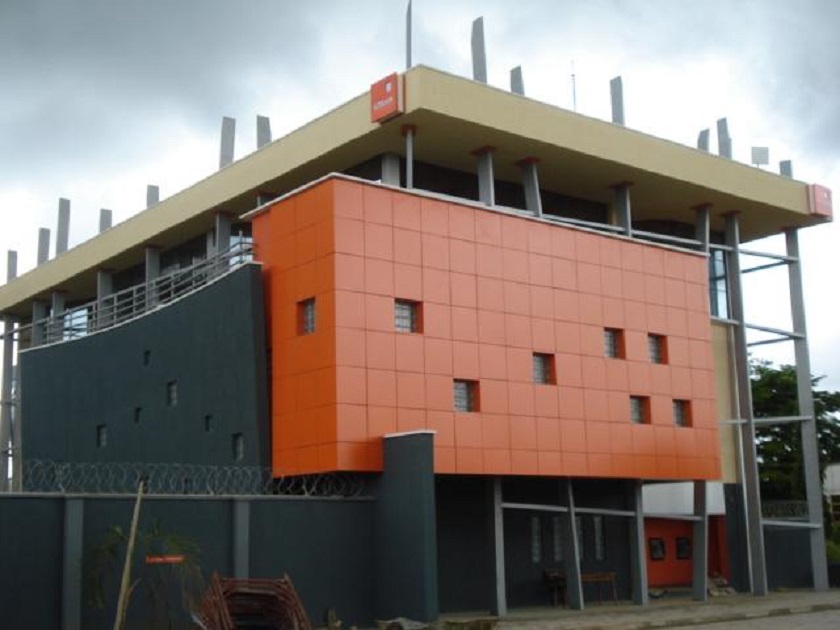
 Banking8 years ago
Banking8 years agoSort Codes of GTBank Branches in Nigeria
-

 Economy3 years ago
Economy3 years agoSubsidy Removal: CNG at N130 Per Litre Cheaper Than Petrol—IPMAN
-

 Banking3 years ago
Banking3 years agoFirst Bank Announces Planned Downtime
-
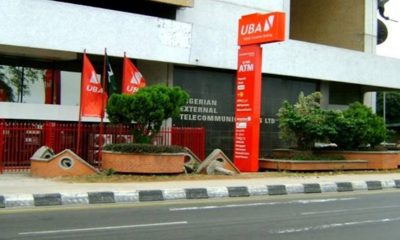
 Banking3 years ago
Banking3 years agoSort Codes of UBA Branches in Nigeria
-

 Sports3 years ago
Sports3 years agoHighest Paid Nigerian Footballer – How Much Do Nigerian Footballers Earn



